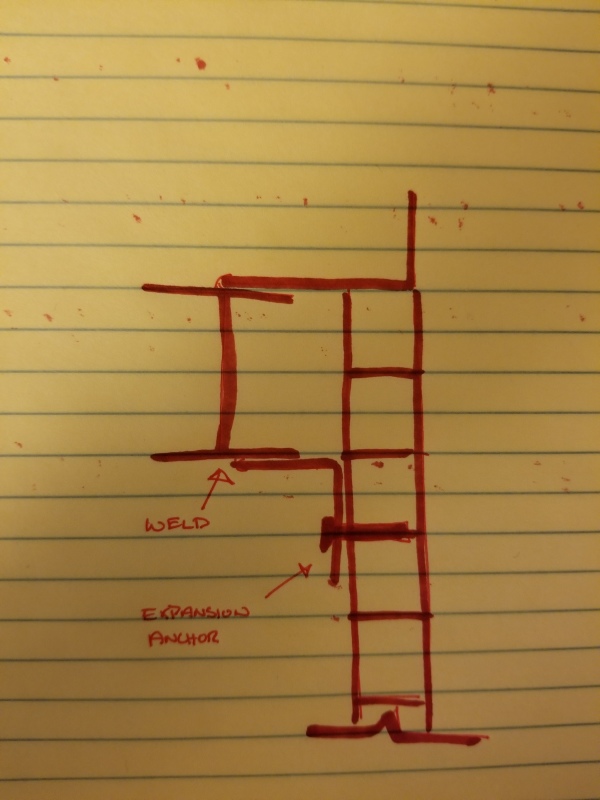spieng89
Structural
- Jun 30, 2015
- 172
For a one story conventional steel structure with non-load bearing 8" cmu wall at the exterior, would you consider the exterior cmu walls capable of taking the shear load from wind. I trace the loads from the roof metal deck diaphragm through roof edge beams. At the roof edge beams, I have a clip angle welded to bottom of beam and connecting cmu wall by expansion anchors (see detail below) that are placed at a spacing to resist corresponding shear from diaphragm.
Given my lateral loads are fairly low and seismic category A I am exploring using this method to resist lateral wind loads. Does anyone see a flaw in this or an issue that may arise?

Given my lateral loads are fairly low and seismic category A I am exploring using this method to resist lateral wind loads. Does anyone see a flaw in this or an issue that may arise?

